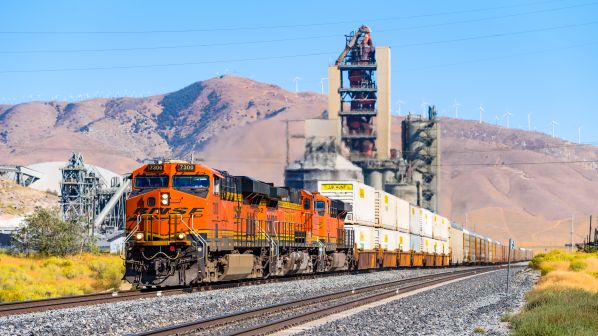The capital plan, announced on January 20, follows a similar strategy to 2020’s plan, and includes:
- $US 2.41bn for the maintenance of rolling stock, 17,702km of track surfacing and undercutting work, and the replacement of 689km of rail and 2.6 million sleepers
- $US 400m to support expansion and efficiency projects, primarily track-doubling on sections of the Southern Transcon route in eastern Kansas and a bridge project near Sandpoint, Idaho, and
- $US 180m for the acquisition of freight wagons and other equipment.
Expansion and efficiency projects
When the Southern Transcon track-doubling project is completed, BNSF says the line will have around 80km of additional track to support traffic growth.
“This will give us better consistency, it will give us additional capacity across the Southern Transcon for all of our customers, and it will also give us great redundancy for our premium network,” president and CEO, Ms Katie Farmer, told a virtual meeting with the Midwest Association of Rail Shippers’ (MARS) after the capital plan was announced.
The Sandpoint bridge, slated for completion in 2024, is also expected to improve capacity on BNSF’s network.
“Once we have this second bridge span across Lake Pend Oreille, we will be able to much more efficiently move our freight consistently across our Northern Transcon, from Chicago to the Pacific Northwest, as well as coming off the central and southern parts of our network,” Farmer says.
BNSF has also confirmed that it will continue its rollout of Positive Train Control (PTC) on non-federally mandated subdivisions, and implement the Movement Planner rail traffic-control and logistics system at its dispatch centre.
“Every year through our capital plan, we work to ensure we are able to continue to operate a safe and efficient rail network, provide our customers with the level of service they have come to expect from BNSF as well as position ourselves for future growth opportunities,” Farmer says.
The January 2021 edition of IRJ included an in-depth interview with BNSF’s Katie Farmer, who became the first woman to lead a United States Class 1 railway on January 1.

